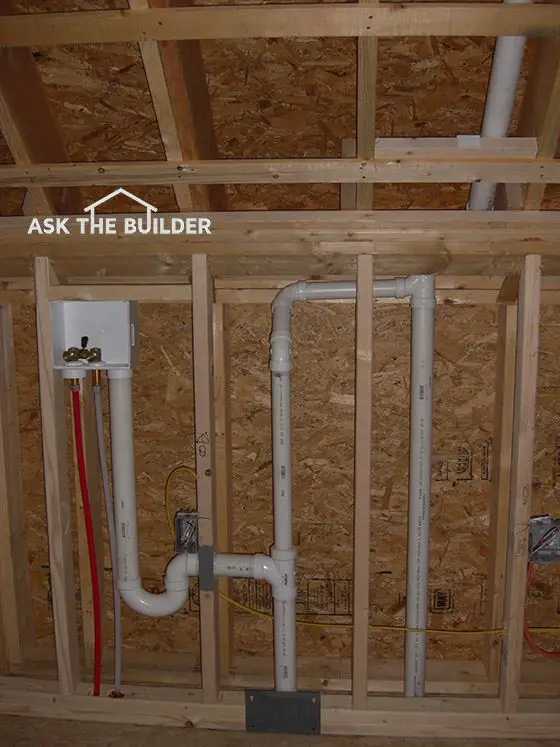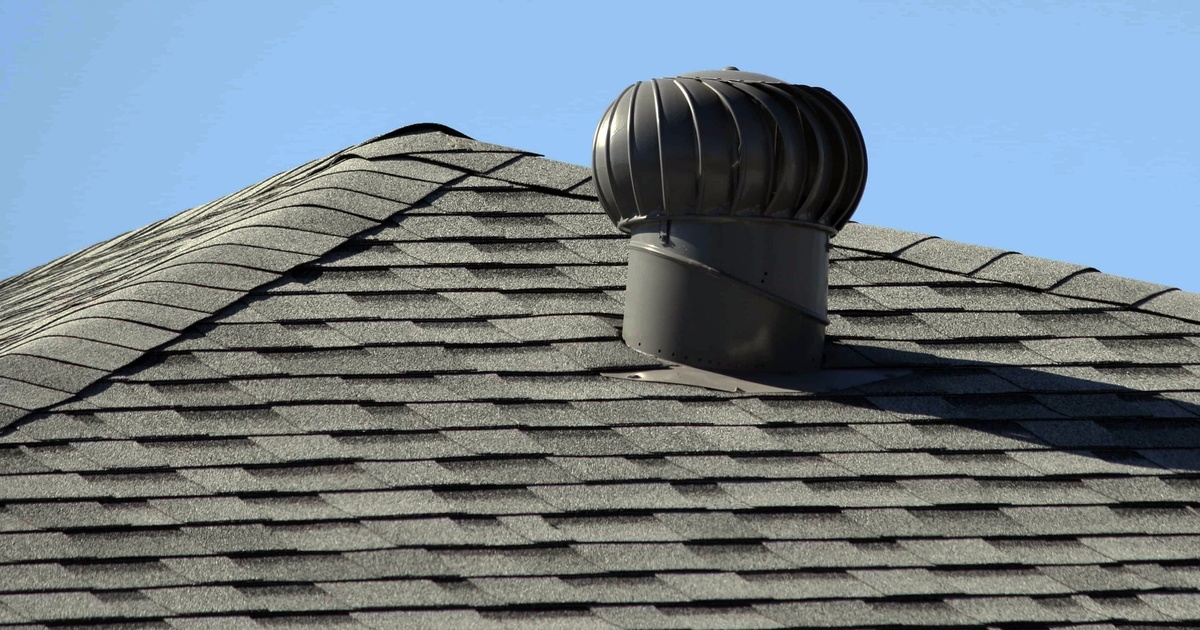Ensuring Adequate Ventilation in Your Plumbing System: The Reason
Ensuring Adequate Ventilation in Your Plumbing System: The Reason
Blog Article
Just how do you really feel with regards to Essential Plumbing Vent Pipes: Understanding Their Role?

Appropriate ventilation in plumbing systems is frequently overlooked, yet it is important for keeping the performance and safety of your home's pipes. Air flow aids manage atmospheric pressure, protect against the buildup of hazardous gases, and make certain the effective removal of waste. In this guide, we will certainly explore the significance of correct plumbing ventilation, how it functions, and the advantages it offers your pipes system.
Understanding Ventilation in Pipes
Air flow in pipes describes the network of pipelines that allow air to stream via the drainage system. These vents serve several purposes, consisting of managing atmospheric pressure within the pipes, avoiding drain gases from getting in the home, and aiding in the smooth flow of wastewater.
Just How Ventilation Works in Pipes Equipments
Air Pressure Policy
Appropriate air flow preserves balanced atmospheric pressure within the plumbing system. When water streams through pipelines, it displaces air. Without appropriate ventilation, this displacement can create adverse stress, leading to reduce drains or siphoning of water from catches, which can create unpleasant smells to permeate right into the home.
Stopping Drain Gas Buildup
Among the most essential functions of plumbing vents is to avoid sewage system gases, such as methane and hydrogen sulfide, from accumulating within the home. These gases can posture serious health dangers and are extremely combustible. Vent pipes enable these gases to leave securely outside.
Helping in Waste Removal
Ventilation aids in the efficient elimination of wastewater by avoiding airlocks in the drainage system. When air can move easily via the vents, it enables water and waste to stream smoothly through the pipes, lowering the risk of blockages and back-ups.
Kinds Of Plumbing Vents
Key Heap Vent
The main pile air vent, likewise called the air vent pile, is the main vent in a pipes system. It expands from the major drain line up via the roofing, permitting gases to run away and fresh air to go into the system.
Branch Vent
Branch vents connect to the main stack vent and offer private components, such as sinks, bathrooms, and showers. These vents make certain that each component has appropriate ventilation to operate effectively.
Air Admission Valve (AAV).
An Air Admission Valve (AAV) is a one-way shutoff that enables air to get in the pipes system without the demand for a standard vent pipeline extending with the roof. AAVs are typically utilized in remodellings or areas where mounting a basic air vent is unwise.
Indications of Poor Air Flow in Plumbing.
Slow Draining Fixtures.
If your sinks, bathtubs, or commodes are draining pipes slowly, it could be an indication of poor ventilation. Insufficient air circulation can develop a vacuum cleaner result, making it challenging for water to drain pipes properly.
Gurgling Seems.
Gurgling noises originating from drains are often an outcome of air being sucked with water traps as a result of negative stress in the pipes. This is a clear indicator of inadequate air flow.
Undesirable Smells.
Sewer smells inside your home are a warning that your pipes system is not properly ventilated. This might imply that sewer gases are not being effectively aired vent outside, causing possibly dangerous conditions.
Common Air Flow Blunders.
Inadequate Vent Sizing.
Using undersized air vent pipelines can lead to bad air circulation and pressure inequalities in the system. It's essential to utilize vents that meet the specific demands of your pipes system.
Improper Vent Positioning.
Placing vents also far from the fixtures they serve can minimize their effectiveness. Appropriate placement ensures that air can flow easily and efficiently with the system.
Disregarding Code Demands.
Building regulations provide details guidelines for pipes air flow. Disregarding these codes can lead to a system that fails to work correctly and may bring about expensive repairs or health hazards.
Advantages of Appropriate Ventilation.
Improved System Efficiency.
Correctly ventilated pipes systems operate much more effectively, with fewer blockages, faster draining pipes, and less pressure on the pipelines. This efficiency extends the life-span of the pipes system.
Improved Air Quality.
By avoiding drain gases from entering your home, appropriate air flow adds to far better indoor air top quality, making your living atmosphere healthier and more comfortable.
Protecting Against Water Damage.
Appropriate air flow helps protect against water from being siphoned out of traps, which can result in sewer gases getting in the home and triggering water damage gradually.
Actions to Make Sure Appropriate Air Flow.
Consulting Pipes Codes.
Constantly consult neighborhood plumbing codes when creating or customizing your pipes system. These codes offer the necessary standards for appropriate venting and guarantee your system fulfills security standards.
Normal Evaluation and Maintenance.
Normal inspections can help identify potential air flow issues before they come to be significant troubles. Maintenance tasks, such as cleaning up air vent pipes and checking for blockages, are important for keeping the system in good working order.
Expert Installation.
For new setups or major alterations, it's important to work with a specialist plumbing technician. They have the know-how to ensure the ventilation system is properly made and installed according to code.
Conclusion.
Appropriate ventilation is a vital part of any type of plumbing system, making certain that it works efficiently and safely. By understanding the value of ventilation, recognizing the indicators of inadequate air flow, and taking steps to preserve your system, you can prevent expensive issues and safeguard your home's air top quality.
Understanding the Role of Your Plumbing Vents in the Drainage System
The plumbing system in your home is more than just the kitchen sink, toilet, and bathroom. Some problems that arise within home plumbing are hard to detect because homeowners may not understand potential causes.
One part of the plumbing system that could cause you endless problems is the venting. The drain lines that run through your home and drain wastewater need proper venting to function properly. Faulty plumbing vents can lead to several problems that require the expertise of a plumber to check them out. Before finding experienced plumbing services, there are a few things to learn about plumbing vents.
Why vents are vital
Vents in the plumbing system lead to an outside area such as the roof or the back. The function of these vents is to keep sewer gases away from the drain pipes. They also establish seals in the drainage pipes that prevent the sucking back of waste gases into the home. Venting in the plumbing system also allows oxygen to get into the drainage system, which is an essential component in the breakdown of waste matter. The vents also ensure that the air pressure within the drainage system remains balanced, facilitating the flow of wastewater.
Possible problems
When the plumbing vents are problematic, one of the consequences is imbalanced water levels in the toilet. If you notice that the levels in the toilet bowl rise and fall all the time, then there may be something wrong with the vents.
Another issue is air bubble formation within the toilet. In most cases like these, the drain pipes are not receiving enough air. Lack of air pressure equalization is what leads to water flow problems. If you come across such issues in your home, make sure you call professional plumbers, such as the ones from Perfection Plumbing & Drain Cleaning Ltd.
Potential causes
Several scenarios can lead to some of the plumbing problems that homeowners suffer because of venting. One such scenario is the use of incorrectly sized vents. Usually, vents are the same size as the drain line to facilitate proper venting. Vents that are too small will lead to some plumbing issues. Another potential cause is fixtures that are not close enough to the vents. In this scenario, air forces itself through the traps of other fixtures, leading to gurgling sounds from toilets and sinks.
Most of these problems also happen with clogged vents. Tree leaves and debris can cause clogging when they make their way down a vent. Unclogging plumbing vents is a service that you can entrust to Saskatoon plumbers. They will know how to snake down vents and remove clogging stuck in fixtures.

We were made aware of that article about What Is a Plumbing Vent and Why Is It Important through someone on our other site. Sharing is caring. You won't know, you may be helping someone out. I praise you for your time. Don't hesitate to check up our blog back soon.
Call Today Report this page